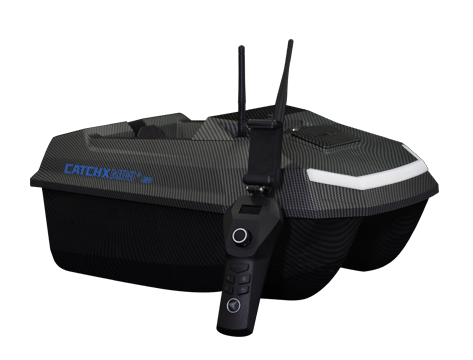How Do I Connect a Receiver to a Fishing Bite Alarm?
Congratulations on getting your fishing bite alarm with a receiver! Now, you might be wondering how to connect the receiver to your bite alarm to enjoy seamless bite detection and stay connected to your fishing setup. In this article, we will guide you through the process of connecting a receiver to your fishing bite alarm, ensuring that you can make the most out of your fishing experience without any hassle or confusion.
The Process of Connecting a Receiver to Your Fishing Bite Alarm
Step 1: Check Compatibility
Before starting the connection process, ensure that the receiver is compatible with your specific fishing bite alarm model. Check the manufacturer's instructions or user manual to verify compatibility. If the receiver and bite alarm are designed to work together, you can proceed with confidence.
Step 2: Power On
Make sure both the receiver and the fishing bite alarm are powered on and have sufficient battery life. This ensures that they are ready for the connection process.
Step 3: Syncing the Devices
Next, you need to sync the receiver with your fishing bite alarm. Typically, this involves a simple pairing process. Start by putting the receiver in pairing mode. Refer to the receiver's user manual for specific instructions on how to do this. Once the receiver is in pairing mode, activate the pairing mode on the bite alarm. This process may involve pressing specific buttons or following a sequence of actions. The receiver and bite alarm will then search for each other and establish a connection.
Step 4: Confirm Connection
Once the pairing process is complete, the receiver and fishing bite alarm should be connected. Check the receiver's display or indicators to confirm the successful connection. Some receivers may emit a sound or display a symbol to indicate a successful connection with the bite alarm.
Tips and Troubleshooting for a Successful Connection between Receiver and Fishing Bite Alarm
Range and Positioning
Ensure that the receiver and the fishing bite alarm are within the specified range for optimal connectivity. Position the receiver in a location where it can receive signals from the bite alarm without any obstructions. Avoid placing the receiver too far away or behind objects that could weaken the signal.
Battery Maintenance
Regularly check the battery levels of both the receiver and the fishing bite alarm. Low battery power can lead to connectivity issues or unreliable performance. Replace the batteries or recharge them as needed to maintain a strong and consistent connection.
Interference
Be mindful of potential sources of interference that can disrupt the connection between the receiver and the bite alarm. Other electronic devices, strong electromagnetic fields, or structures made of metal can affect the signal. Keep the receiver and bite alarm away from such sources to minimize interference.
Read the Manual
Always refer to the user manuals of both the receiver and the fishing bite alarm for specific instructions and troubleshooting tips. Manufacturers often provide detailed information on connecting and maintaining their products, ensuring a smooth user experience.
Connecting a receiver to your fishing bite alarm is a straightforward process that enhances your fishing setup by providing remote bite detection and convenient connectivity. By following the steps outlined above and considering tips for troubleshooting, you can establish a successful connection between the receiver and the fishing bite alarm.























